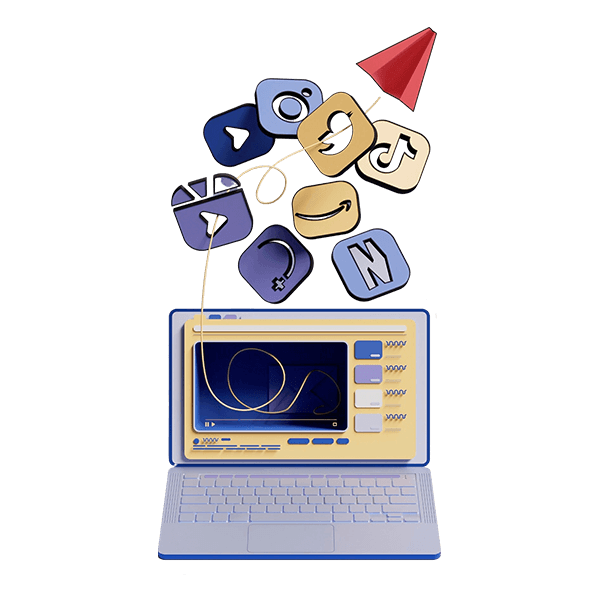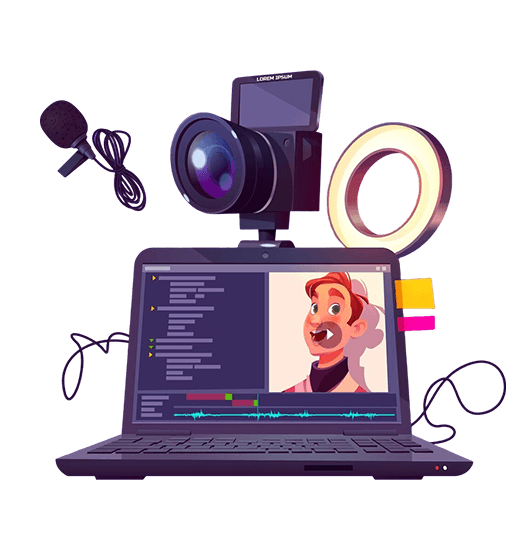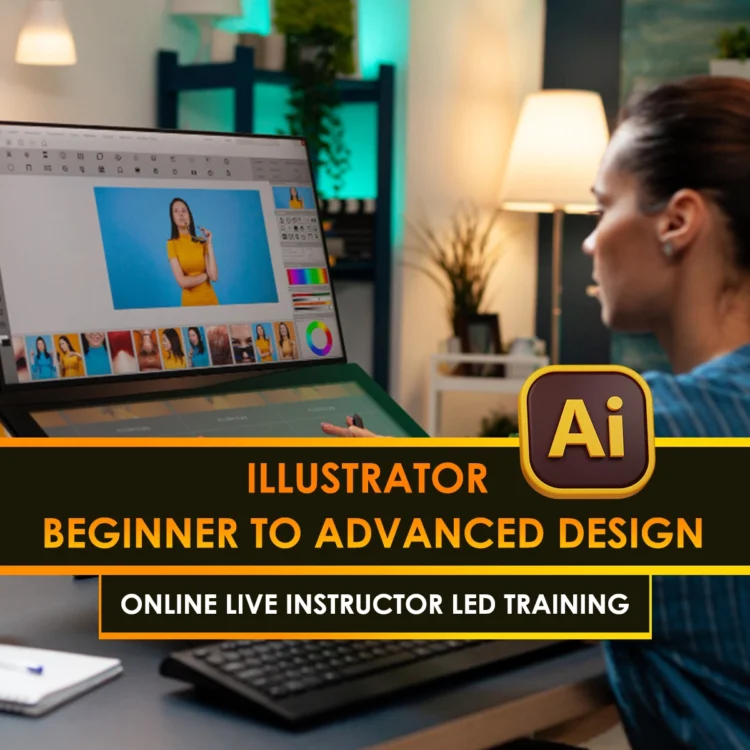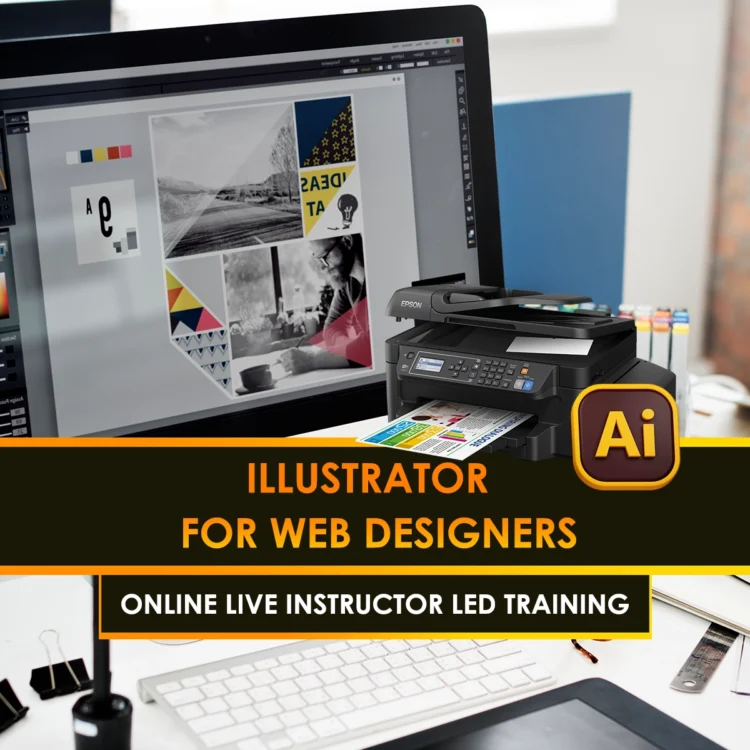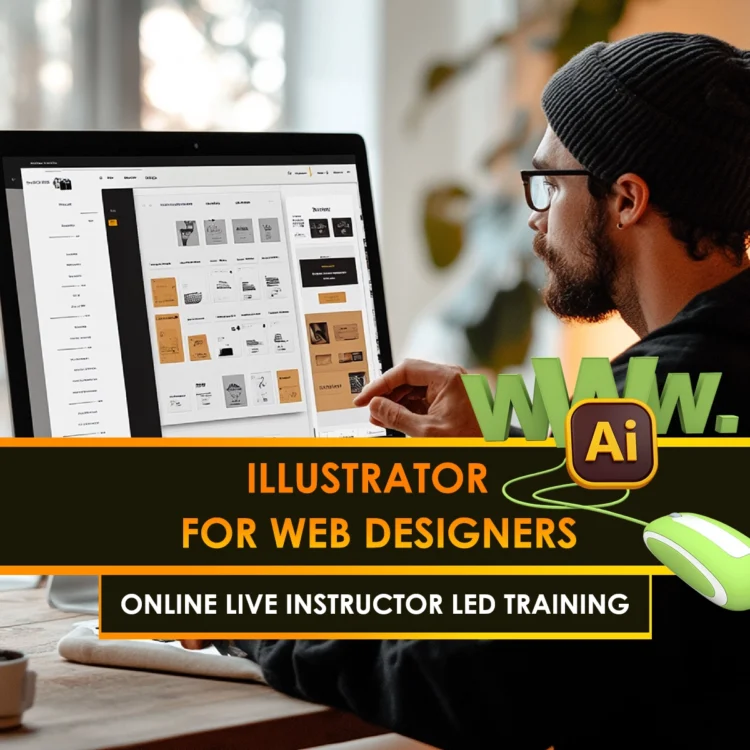Curriculum
- 6 Sections
- 19 Lessons
- 6 Weeks
Expand all sectionsCollapse all sections
- Video Production & EditingVideo Production & Editing involves the entire process of creating visual content, from planning and shooting to editing and finalizing, using industry-standard tools to craft compelling narratives.4
- 1.1Fundamentals of Video Editing: Introduction to editing principles, including cutting, sequencing, and pacing.
- 1.2Advanced Editing Techniques: Utilizing software like Adobe Premiere Pro and DaVinci Resolve for professional editing.
- 1.3Sound Editing and Mixing: Incorporating audio elements using tools like Adobe Audition.
- 1.4Post-Production Effects: Applying color correction, transitions, and motion graphics to enhance video quality.
- Audio Design & Sound EngineeringAudio Design & Sound Engineering focuses on the creative and technical aspects of crafting immersive audio experiences, encompassing sound recording, editing, mixing, and synchronization to enhance storytelling in various media.3
- Animation & Motion GraphicsAnimation & Motion Graphics combines storytelling, design, and technology to create dynamic visuals that captivate audiences across media platforms.3
- Visual Effects (VFX)Visual Effects (VFX) involves digitally creating or manipulating imagery to produce scenes that are impractical or impossible to capture on film, enhancing storytelling in media productions.3
- Web Design & Interactive MediaWeb Design & Interactive Media focuses on creating visually appealing, user-centric websites and applications that engage users through interactive elements and responsive design.3
- Industry Integration & Portfolio DevelopmentIndustry Integration & Portfolio Development bridges academic learning with real-world application, guiding students to create professional portfolios that showcase their skills and enhance employability in the multimedia industry.3
The course spans approximately 6 months, offering both part-time and full-time options to accommodate various schedules.
Candidates should have completed at least their senior secondary education and possess basic computer knowledge.
The curriculum includes training in industry-standard software such as Adobe Photoshop, Illustrator, After Effects, DaVinci Resolve, and CorelDRAW.
Yes, institutions like the Central Institute of Technology offer 100% job placement assistance upon course completion
Yes, the course is available in both classroom and online formats to cater to different learning preferences.
Graduates can pursue careers in various fields, including:Video Editing and ProductionAudio Engineering and Sound DesignGraphic and Web Design2D/3D Animation and VFXMultimedia Content Creation
Financial assistance may be available; it's advisable to check with the respective institution for specific details.


